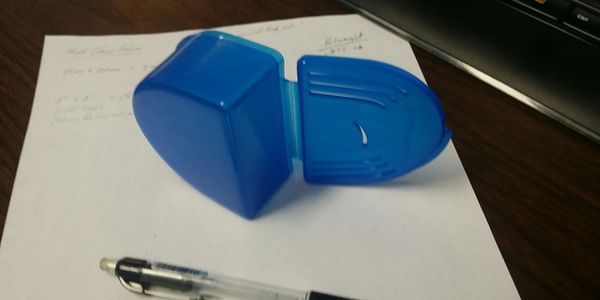

About Us

Custom Manufacturing of Plastic Parts
- Plastic Injection molding (thermoplastic materials)
- Plastic cast molding (thermoset materials)

Custom Manufacturing of Rubber Parts & Molds
- Silicone & Polyurethane Rubber
- Rubber Part manufacturing
- Rubber Mold making

Custom Manufacturing of Polyurethane foam parts
- Rigid Polyurethane Foam Applications
(Variety of custom Liquid Level Sensors from Rigid Foam)
- Flexible Polyurethane Foam Coatings & Parts
Photo Gallery
Contact Us
Better yet, see us in person!
Feel free to call and schedule a visit.
TS Industries
4090 West 5800 North, Mountain Green, Utah 84050, United States
Office: 801-876-3611 Mobile: 801-644-4824 email: chris@tsindustries.com
Hours
Mon | 09:00 am – 05:00 pm | |
Tue | 09:00 am – 05:00 pm | |
Wed | 09:00 am – 05:00 pm | |
Thu | 09:00 am – 05:00 pm | |
Fri | 10:00 am – 04:00 pm | |
Sat | Closed | |
Sun | Closed |
Note: Friday hours vary.
Copyright © 2023 TS Industries - All Rights Reserved.
Powered by GoDaddy
This website uses cookies.
We use cookies to analyze website traffic and optimize your website experience. By accepting our use of cookies, your data will be aggregated with all other user data.